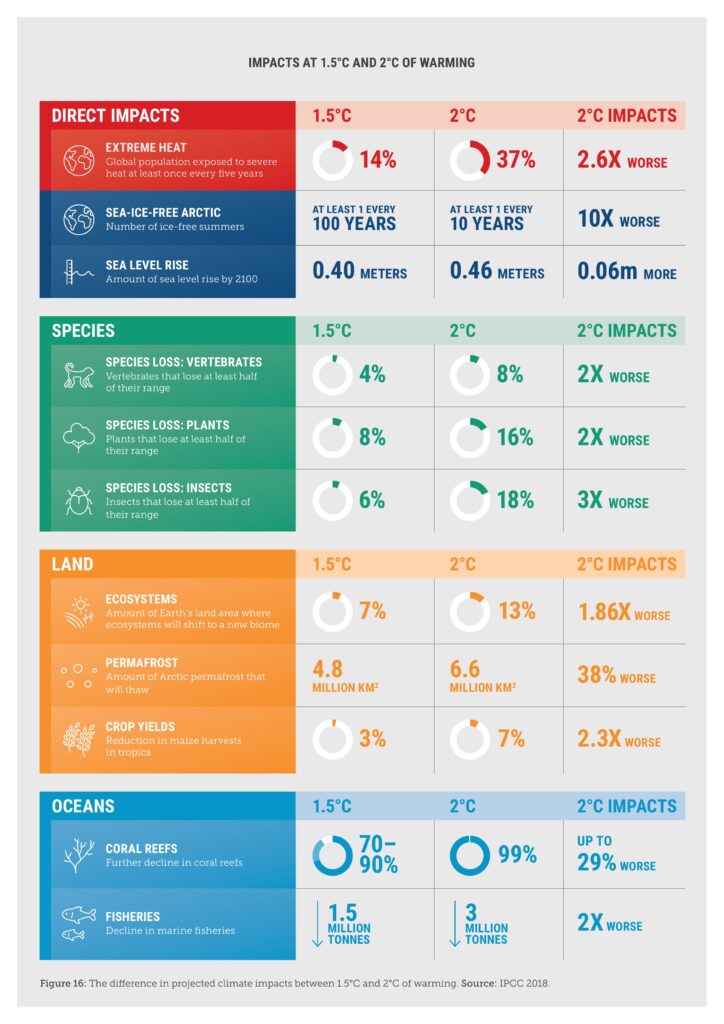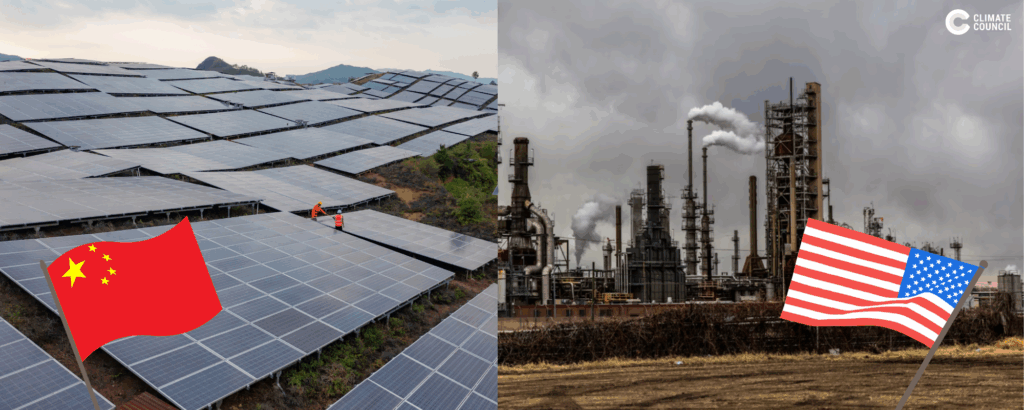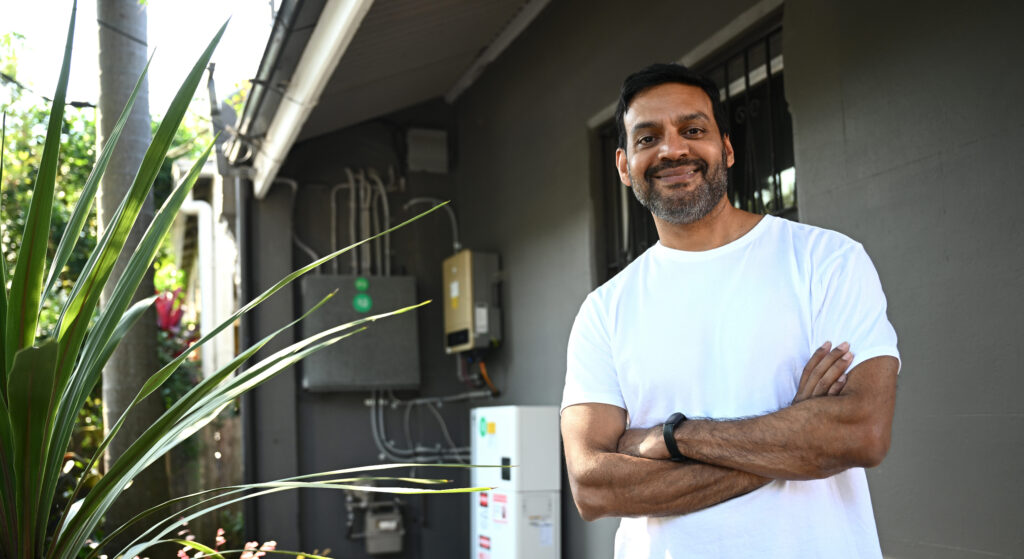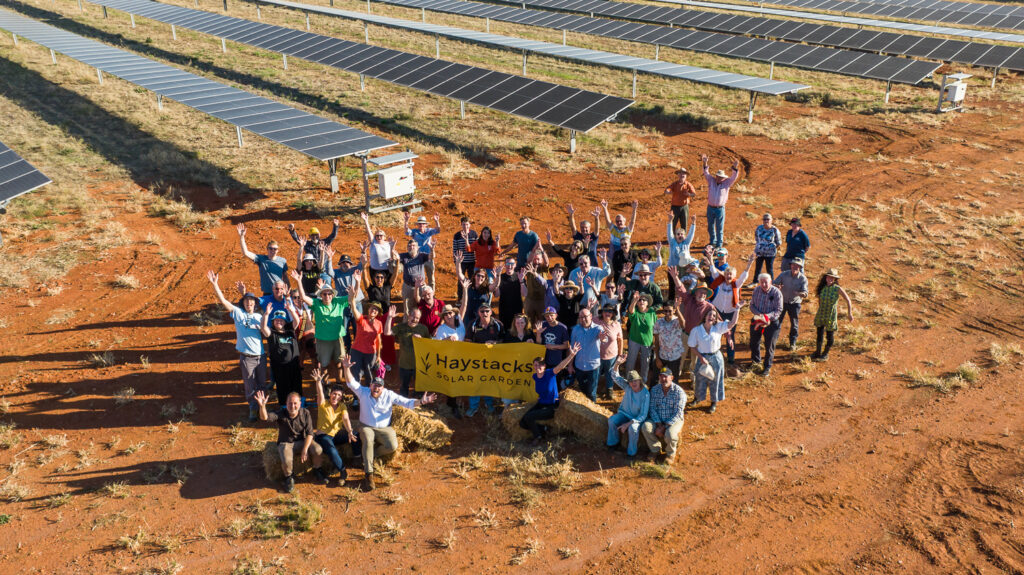Climate scientists have observed with mounting concern the continuing emissions and the rise in atmospheric concentrations of carbon dioxide and other greenhouse gases. For decades, they have issued dire warnings about what is at stake and what is required to curb global warming. Yet global temperatures continue to rise, along with damages from extreme weather.
This report “Aim High, Go Fast: Why Emissions Need to Plummet this Decade” is the Climate Council’s science-backed vision for what Australia’s best effort could look like. Australia is a nation of currently high emissions but rich renewable energy resources. The country has been ravaged by unprecedented bushfires, droughts, and floods in recent years, and decision makers should not ignore these warnings.


“Australia, as an advanced economy and major emitter, and one with unrivalled potential for renewable energy and other climate solutions, should be a leader not a laggard, and reduce its emissions even faster than the required global average. Every tonne of emissions avoided matters, and every delay has an escalating cost. We urge you all to take this report seriously and respond accordingly.” — Professor Christopher Field and Dr Kevin Trenberth
Key Findings
1. Climate change is accelerating with deadly consequences. The ecological systems that have sustained human life and societies for generations are being severely damaged by increasing heat and worsening extreme weather events.
- There is no safe level of global warming. Already, at a global average temperature rise of 1.1°C, we’re experiencing more powerful storms, destructive marine and land heatwaves, and a new age of megafires.
- Multiple lines of evidence strongly suggest the global average temperature rise will exceed 1.5°C during the 2030s.
- Should temperatures spike above 1.5°C for a significant period of time, critical ecosystems on which we depend (such as the Great Barrier Reef) would be even more severely damaged, or destroyed.
- Every fraction of a degree of avoided warming matters, and will be measured in lives, species and ecosystems lost or saved. We must do everything possible to deeply and rapidly cut our emissions, while also preparing for climate impacts that can no longer be avoided.
- There’s little time left to limit global warming below catastrophic temperature rises. Breaching 1.5°C of warming significantly increases the risk of triggering abrupt, dangerous and irreversible changes to the climate system.
2. Our response must match the scale and urgency of this worsening situation. Action to deeply reduce emissions this decade will determine whether the climate system can or cannot be stabilised at warming of well below 2°C.
- While action is increasing in Australia and world-wide, it remains too slow and not enough. Protecting Australians from the worsening effects of climate change requires all governments, businesses, industries and communities to strongly step up their activities to deeply reduce emissions during the 2020s.
- The lion’s share of the effort to get to net zero emissions needs to happen this decade. Delaying further than we have already would mean that even more rapid and disruptive action to reduce emissions is required later.
- Governments, business and industry are committing increasingly to net zero targets. However, timeframes for these commitments are generally too long. The world achieving net zero by 2050 is at least a decade too late and carries a strong risk of irreversible global climate disruption at levels inconsistent with maintaining well-functioning human societies.
- Australian governments, businesses, industries and communities can and must cut emissions deeply. Given the scale of the global emissions reduction task, and taking into account Australia’s very high level of emissions and our huge renewable energy resources, Australia should aim to reduce emissions by 75% below 2005 levels by 2030 and reach net zero emissions by 2035. This is a fair and achievable contribution to the global task and an imperative given our high vulnerability to escalating extreme weather.
3. As momentum for climate action gathers speed around the world, all efforts must now focus on steps that can be taken this decade.
- The change in US government has ushered in a new era of international cooperation on climate change. All commitments must be scaled up, and the pace of action must accelerate if we are to avoid the worst climate consequences.
- Australian state and local governments as well as many leading business and community groups are already providing vital leadership in implementing climate solutions.
- Many of Australia’s strategic allies and major trading partners (including the US, EU, UK, Canada) have strengthened their climate commitments for this decade, or intend to do so. The Australian Federal Government is standing still, and alone.
- Australia, as a major emitter in its own right and a giant of the global fossil fuel economy, has a major role to play in the global effort to stabilise the climate. Bold and decisive climate action ultimately protects us and is in our national interest.
4. Australia has everything it needs to act swiftly and decisively to help avert climate catastrophe, and prosper in a global clean economy.
- Australia has unrivalled potential for renewable energy, new clean industries, and clean jobs. We need to rapidly scale up the energy transition and advance solutions in other sectors including transport and agriculture.
- Climate leadership from states and territories has shown what works, and the benefits that decarbonising our economy can bring, such as regional jobs, cleaner cities and cheaper power. It’s time for a concerted national push, and for the federal government to work with other tiers of government, along with industry and communities, to rapidly step up this work and deliver much deeper cuts in emissions.
- Despite our natural advantages, we are being left behind in the new, clean economy race. Urgently ramping up our ambition is fundamental both to Australia’s economic future, and to ensure our children and grandchildren can not only survive but thrive.
- The change will not always be smooth. There are political, technical and other challenges ahead because action has been delayed. However, the alternative – a decision to not do enough, or to delay – will lead to massive climate disruption. Catastrophic outcomes for humanity cannot be ruled out if we fail to meet the climate challenge this decade.


Want to be the first to receive our reports about climate change? Join the Climate Council today.











